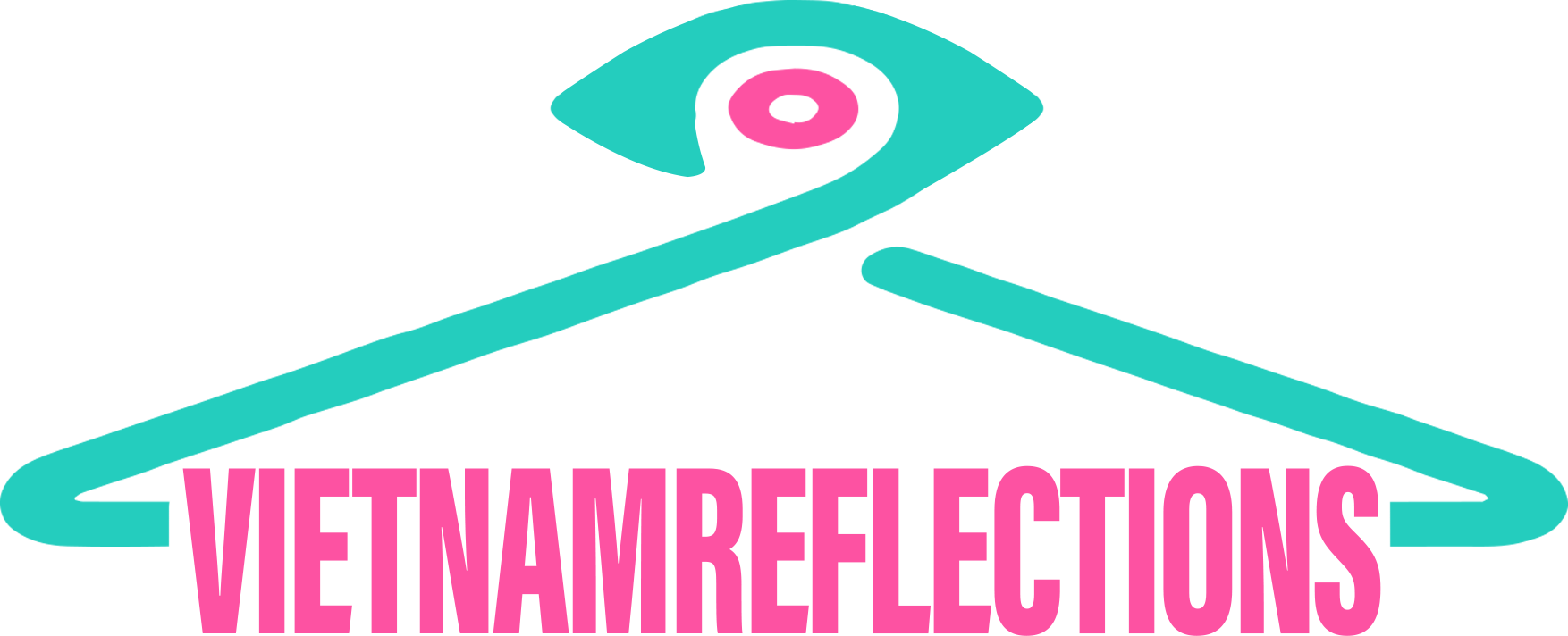Where to buy : MINZY Combine Harvester Window View Poster
Twitter is an ideal place for opinion mining and is becoming the next Big Thing for financial services firms trying to find an edge for their algorithmic trading. Sentiment analysis is used to try to qualify and quantify the emotional chatter around a particular market. It then gauges whether the feelings for a particular stock or commodity are negative or positive, and uses the information for making trading decisions.
But can markets be predicted using sentiment? A study by the University of Manchester and Indiana University in 2010 said that this may be possible. The study concluded that the number of “emotional words” on Twitter could be used to predict daily moves in the Dow Jones Industrial Average (DJIA). A change in emotions expressed online would be followed two and six days later by a move in the index, the researchers said. This information let them predict its movements with 87.6 percent accuracy.
You can also use social media to get a sentiment reading on particular topics, such as how people are feeling about the economy. The Bank of England is a good example of that. It is preparing to monitor social media posts and online jobs boards to get a clearer picture of economic activity and help in form British monetary policy decisions.
“The Internet of Things is arming machines with feelings, which might just give capital markets innovators a competitive edge”
Andy Haldane, the bank’s chief economist, wanted to get a fresher view of mass market sentiment on things such as the economy and interest rates, rather than use official statistics which tend to be lagging indicators-and are frequently revised. The Bank has established a Big Data lab with an analytics team that builds algorithms and models for grabbing and analyzing “unconventional” data sources.
There may be a use for sentiment analysis in capital markets as well. Financial markets are all about information and trading decisions are based on data combined with intuition and even guesswork. Today, most trading strategies revolve around data that comes from done deals, like on an exchange, or from government sources; in other words data that is already stale. Just like looking in your rearview mirror is not a good way to drive down the road, using old data is not the best way to predict what is to come.
Sentiment analysis can assist traders in making general assumptions about the mood of the marketplace now—not last month. Are investors confident? Are they buying cars? And then IoT analysis can offer them masses of available sensor data to give them a better feel for what is occurring in the areas they cover. If retailers’ sensors are communicating that items are flying off the shelves on Black Friday, before the traditional data comes out, then traders can load up on shares of Wal-Mart or Gap.
We can see how the Internet of Things allows machines to feel as well as allowing us to track certain human behavior. And we can see that social media sentiment analysis can show us how humans feel. Mining and combining the streams of information and applying smart analytics might just provide extra sensory perception into a global consciousness. It will be interesting to see who uses this for competitive advantage and how regulators respond.
Visit our Social Network: Pinterest, Blogger, and see more our collection.
From: Vietnamreflections store






